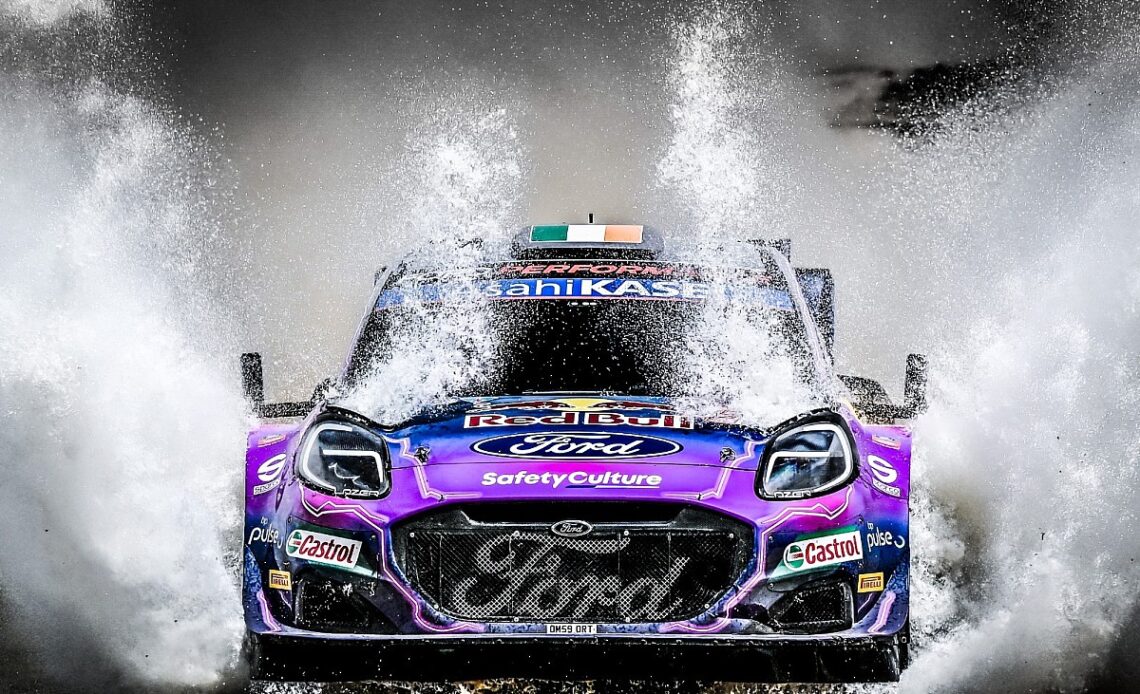Engineering solutions to problems is in motorsport’s DNA, such is the never-ending quest to design, build and develop the best package to succeed. For the most part, teams are constantly evolving their machines in pursuit of performance. But sometimes an issue presents itself that requires clever thinking and swift action to avert a potential crisis. The World Rally Championship recently found itself in such a situation, when increased cockpit temperatures in the new Rally1 hybrid cars necessitated a quick response from the FIA and the teams.
In the first year of shaken-up regulations, resulting in all-new car designs, teething issues are not unusual. And one of the unfortunate byproducts of incorporating the 100kW hybrid unit into WRC cars is that the exhaust now runs down the right-hand side, where the co-driver sits, instead of through tunnelling down the centre of the car as before. Cockpit temperatures have increased significantly as a result, with the mercury levels rising towards 70C at Rally Portugal in May and leading some to label the conditions “unsafe”. In one case a co-driver’s boots began to melt…
Fears over competitor safety were raised by the teams with even hotter rallies in Sardinia and Kenya on the horizon, the former just two weeks after Portugal. The effects of the heat could potentially lead to crew dehydration and, in a worst-case scenario, a loss of concentration while driving.
With competitor safety paramount and time between events restricted, the FIA leapt into action to assess the quick fixes that could be implemented prior to Sardinia. An added challenge was that some alterations could require changes to the vehicle homologations, ensuring a fast-track process would need to be triggered for teams to modify their cars.
“This is a really good example of what motorsport does best in trying to work through a problem,” says FIA rally director Andrew Wheatley. “Immediately after Portugal, the FIA technical team sat down and worked out two lists. The first list was what we can do without any homologation changes and that list was five items. Then, there were three more issues that required a fast-track through the homologation process. That had to go to the WRC Commission to get the quick response [the teams] need to get the changes for Sardinia.”
The results of the discussions permitted teams to modify roof vents, add ventilation holes to the windows, and fit mirrored film on windows and roofs to reflect heat away from the…
Click Here to Read the Full Original Article at Motorsport.com – RALLY – Stories…

